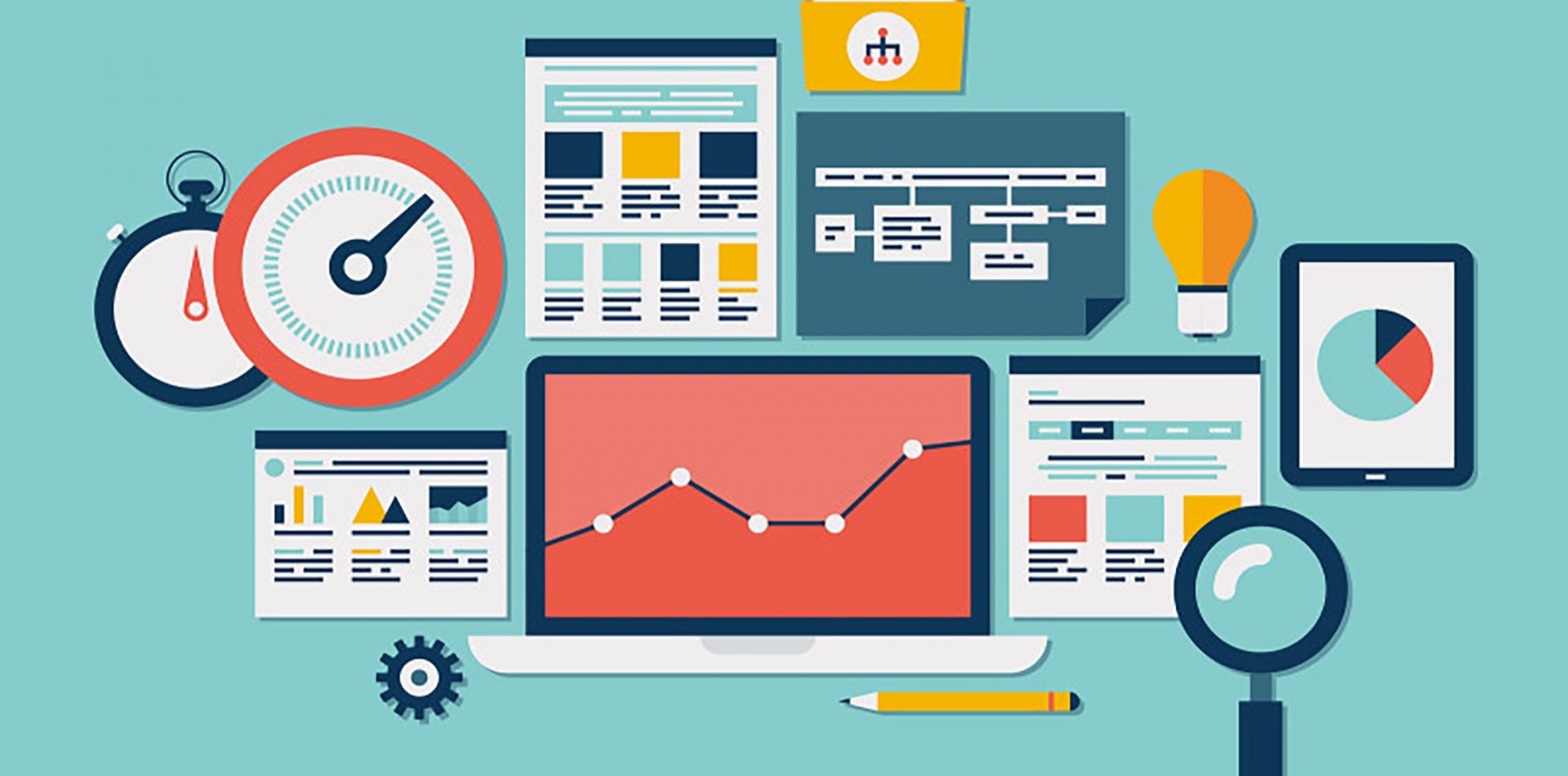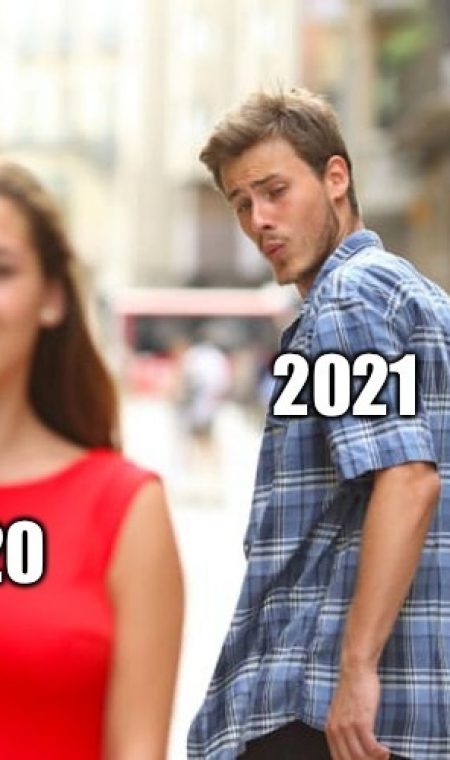2018-08-02 00:00 / Par Minimal
Step #2 of an inbound marketing strategy: converting your visitors into potential clients
Once the stage of attracting your conversions is accomplished, it’s now time to focus on the second step of this funnel-shaped conversion. The transformation of visitors into potential customers marks their entry into the system developed to bring them to the act of purchase.
To succeed in this process, several methods are recommended and will significantly increase the efficiency of the marketing conversion funnel.
How can you improve the efficiency of your inbound marketing strategy?
Create attractive and simple landing pages
They lead the visitor to complete a specific action: downloading a white paper, subscribing to a newsletter or even a transaction.
Landing pages offer all the necessary information to complete this action. The multiplication of landing pages offering premium content (white papers, subscriptions to a newsletter, follow-ups on social networks, etc.) also enables the ability to identify the visitors according to their interest for the offer.
Add Calls to Action (CTA)
Calls to Action (CTA) are intended to encourage the visitor to engage in a relationship with the brand, through contact, purchase, sharing or follow-up information. It must lead the visitor toward the action that the brand wants him to complete.
Add contact forms
When visitors take the time to complete and submit a webform, they become respondents, or leads in their first phase of identification. As soon as we collect more accurate data such as their phone number, visitors then take on the status of MQL, the acronym for Marketing Qualified Lead. In other words, the visitors become a qualified conversion, to the extent that the contact form can be perceived as one of the most essential tools for collecting a customers’ data.
Measure performance with A/B tests
The design of a website only becomes perfect once confronted with its audience and once its use is approved. From the launch of a website to after its online accessibility, each component must be tested until the most powerful variant is selected, leading to an improvement and optimization of the conversion rates.
Analyze your data with Google Analytics
The observation of proven behaviors in near real time is one of the revolutions that digitization has allowed. Regularly checking on the performance statistics of a website enables reactivity and the ability to make any necessary adjustments to optimize its performance.
In conclusion, we must monitor the conversions to assess their level of maturity and their evolution over time. This monitoring is implemented as soon as the visitor arrives and is carried on, each time the visitor comes back to your website for another visit. The next step of your inbound marketing strategy aims at engaging with your potential clients and then leading them to complete the targeted action.
Are you planning on integrating inbound marketing to your current strategy? Do not hesitate to ask one of our strategic experts.






